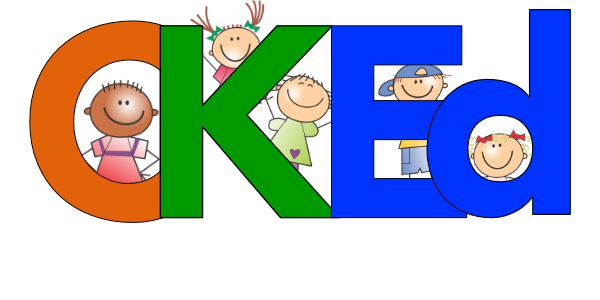SAMPLE Math PD Menu
Focus: Promoting student autonomy, collaboration and risk-taking via the use of math tools as facilitated via the use of research-based pedagogical structures.
AGENDA
2:40 PM Welcome and Overview
2:45 PM Record your choice(s)
2:50 PM Complete Choice(s)
3:25 PM Record your ‘Next Step’
3:30 PM Share Out
WHAT AM I EXPECTED TO DO?
Select and complete 1 (possibly 2) of the following options. Be prepared to share your learning and insights with the group. You will have about 15 to 30 minutes to complete each option. You can work independently or collaboratively as the option allows.
OPTION A: MATH TOOL (NUMBER BEAD STRING) FOLLOW-UP
If you did not create a Number Bead String, then go to Session #1 (click here). If you did create a Number Bead String and would like to learn some more, continue on to deepen your understanding of how to use this tool more effectively in the classroom.
Use a Rally Coach structure to try one of the following problems using your Number Bead String.
3 x 6
6 x 10
2.3 + 4.7
423 rounded to the nearest 10
42.3 rounded to the nearest whole number
1/10 of 100
Select a Problem Set from an upcoming lesson and act out how scholars would use the Number Bead String.
Share what you did #2 with a colleague. Note scholar misconceptions and scaffolds that you will put in place to support scholar conceptual understanding.
OPTION B: ARTICLE
Review both articles. Select a ‘rule’ that might be taught at the grade level you currently teach.
12 Rules that Expire (#2, #4, #5, #7, #10 or #11)
13 Rules that Expire (all rules)
With a partner discuss the the impact of the ‘rule’ on students conceptual understanding. Use one of the following Thinking Maps templates to organize your ideas.
Multi-Flow Map - What are the reasons (causes) that teachers teach that ‘rule"‘ and what is the impact (effects) of teaching that ‘rule’?
Double Bubble Map - What is the impact of teaching or not teaching the ‘rule’?
Use Pairs Compare to discuss ways to avoid teaching that ‘rule’.
What tools, models and strategies might you use?
What professional literature might you reference?
Use the following Thinking Maps templates to organize your ideas or take-aways.
Tree Map - What tools, models and strategies might you use to avoid teaching that rule?
Take a picture of your work and email it to: ckingeducation.307math@blogger.com.
OPTION C: MATH STUDIO
This option allows you to deepen your content knowledge around a topic that you are currently teaching or going to teach.
Visit the EngageNY’s Math Studio and select a video to watch.
Make an anchor chart/poster that models the tools, models and strategies used in the video based upon the topic of focus. Use One Pen, One Paper in the creation your chart/poster.
Take a picture of the anchor chart/poster and email it to: ckingeducation.307math@blogger.com.
OPTION D: SOLVE THE PROBLEM
Notice and Wonder about the following problems, then complete the bullets.
The Baker Problem:
A baker was selling some cakes. Each whole cake costs the baker more than $5, but less than $20 to make. Each cake can be cut into some slices. The baker sells each slice for some money.
Pretend that you are a local baker.
Discuss with your group members what numbers should be used and why.
Determine questions that can be asked and answered given this situation.
Integrate concepts of fractions and/or decimals.
Solve the problem and determine which tools or models to use. Show your thinking.
Present different options and explain why those options are reasonable.
Discuss how this process of using ambiguous word problems can:
Support and deepen scholar mathematical understandings?
Show how the Mathematical Practices are embodied?
Support discourse and debate?
Tap into scholars prior knowledge?
Allow for multiple entry points?
Allow for different ways to show thinking?
Allow for connections with the community and the real-world?
When and where might you use this process in upcoming modules?
Take a picture of your work and email it to: ckingeducation.307math@blogger.com.
